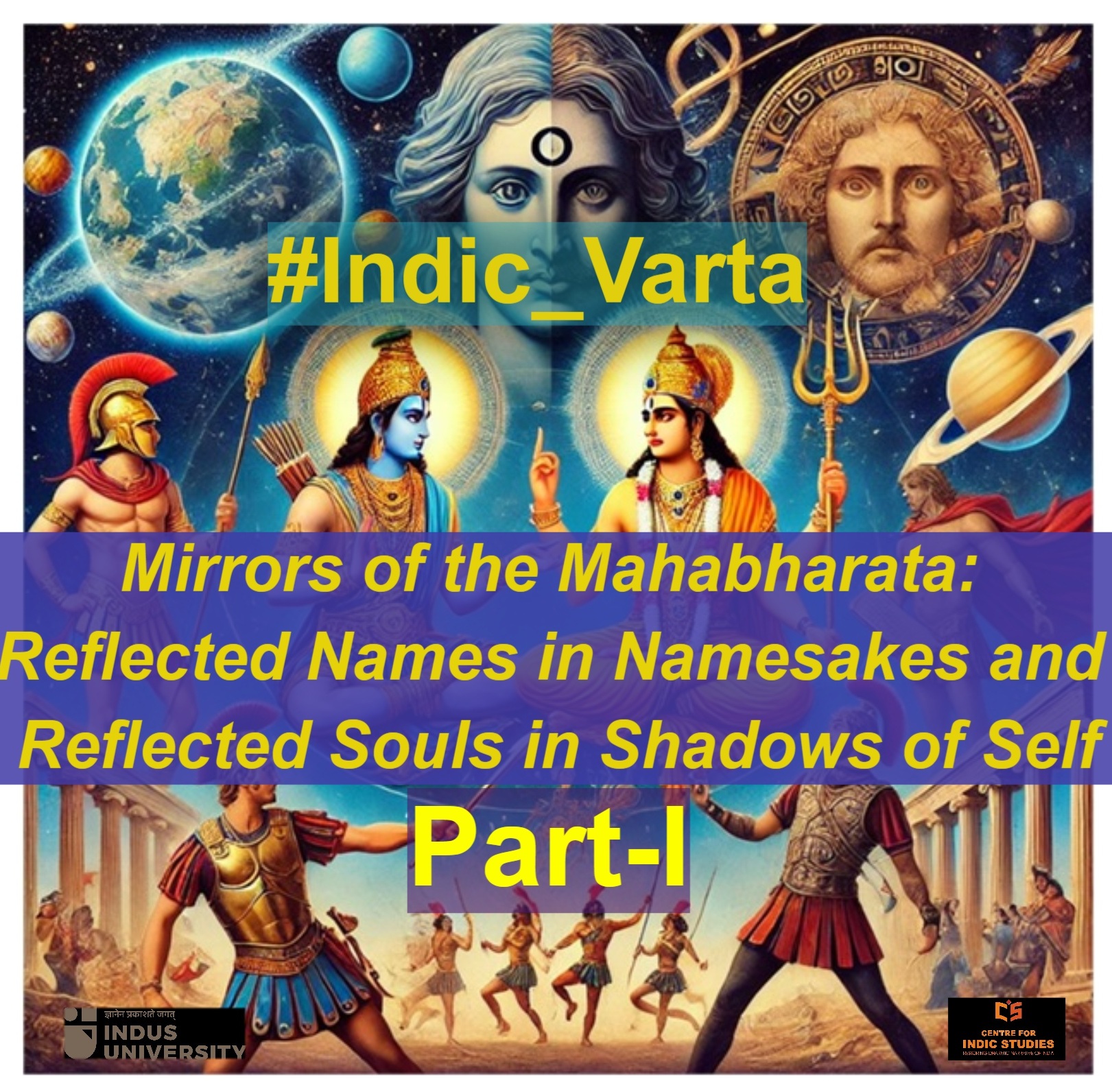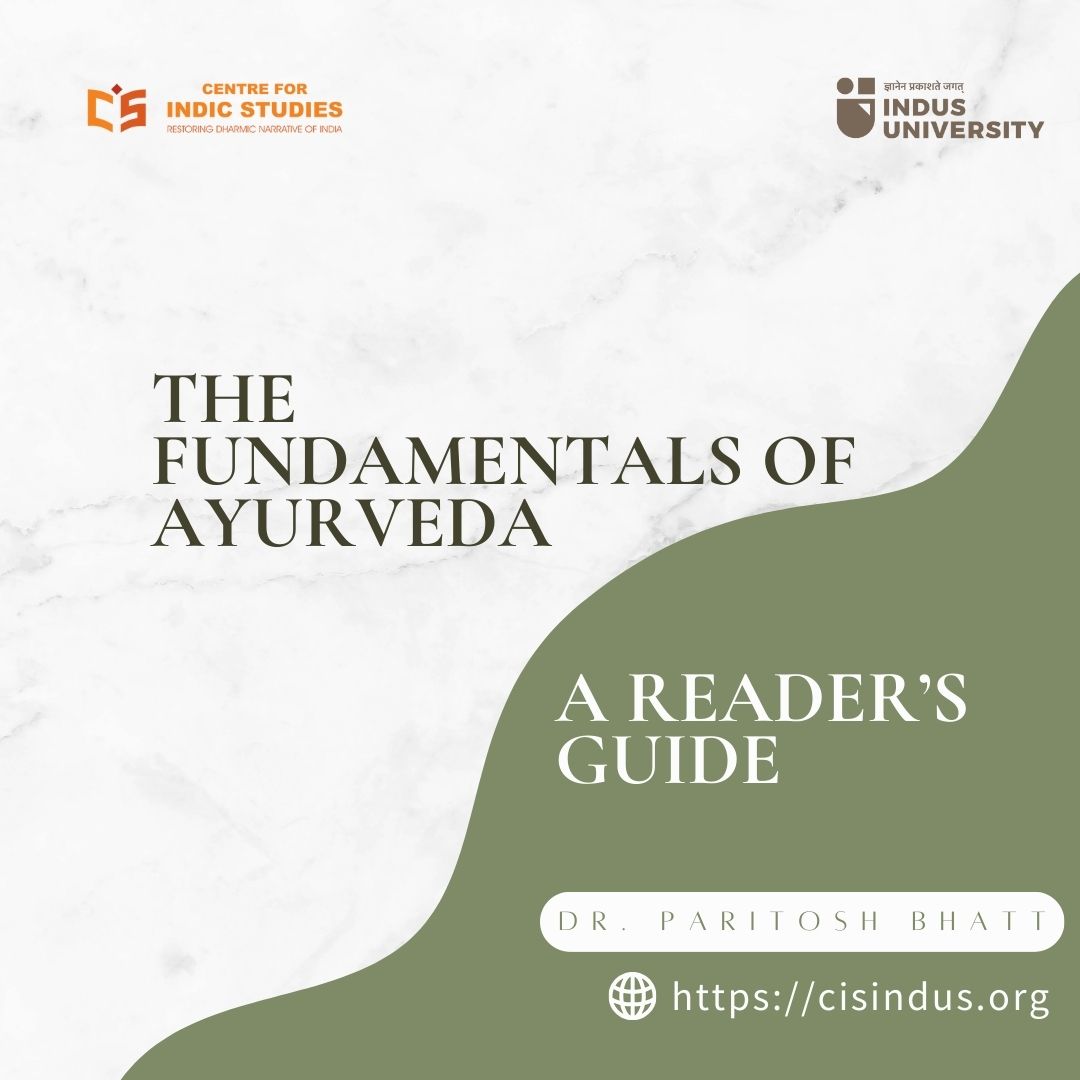- Visitor:131
- Published on:
“Divide and Rule”. The British Colonial Policy on Caste
Did the British succeed in dividing Indian society in their bid to abolish caste? Why did they resort to the policy of “divide and rule”? Read this brilliant article to find out.

The abrupt and pervasive nature of the 1857 mutiny shocked the colonial officials in India. They were jolted by the fact that beneath the immense diversity of colour, dress, food, language, worship, caste and region, there is an underlying consciousness in Indian society, which, when awakened, unites the whole society against foreign rule. So, the only concern of colonial officials was to discover and uproot the threads of unity that were enmeshed within the diversity of Indian culture. Voicing a similar concern, the Secretary of State in India, Charles Wood had written the following words to Viceroy Elgin: “How long would be able to stand our ground were the whole of India to stand up in unison against us?” As a result, ‘Divide and rule’ became the driving principle of future British policy in India. In order to implemented this policy, colonial officials thoroughly studied the diverse strands of Indian society and gathered more information. Even Sir Richard Temple, a prominent administrator of the time, proudly remarked in a speech that he delivered upon his return to England that: “For the first time in history, we (British) have measured every field in India, identified every human being, and marked every tree.” This proud statement is quite true, for we are now largely dependent on colonial records to know our own reality. Records such as the census reports, gazetteers, the detailed surveys of castes and tribes, and of Indian languages etc. are still the primary sources for much of the research conducted in our universities.
It is mind-boggling to see the enormous amount of literature that was published on the caste system, immediately following the 1857 mutiny. Isn’t it surprising that in 1858, suddenly everyone from prominent Christian missionaries and colonial administrators to European Indologists, started writing anxiously about the caste system of India? The most prominent Christian missionaries who wrote on the caste system were Alexander Duff of Calcutta, John Wilson of Bombay and Reverend E.J. Hardy of Madras. All these three men were the most brilliant and influential missionaries of the time and since they had witnessed the 1857 mutiny, their words carried a lot of weight. Alexander Duff and John Wilson were both Scottish missionaries who arrived in India in the same year, 1829. While one of them chose to work in Bengal, the other went to work in the Bombay presidency. Both, Duff and Wilson, were highly placed in the intellectual circles of the time. Alexander Duff made the spread of English education his main medium. Being the editor of the Calcutta Review and a founding member of Calcutta University, Duff had a great influence on colonial administrators and English educated Indians in Bengal. In 1858, Duff published an English tract from Calcutta titled “What is caste? How must a Christian government deal with it?” This book was written keeping in mind the anglicized Indian reader. Duff tried to convince his readers that “caste system is the enemy of progress, intellectualism, patriotism and liberalism. Hasn’t it made our conscience a prisoner of our narrow selfishness?”
Duff tried to instill in the minds of English-educated Indians that “caste is the biggest hurdle in the path of nationalism and unity. Without eradicating caste, India would not be able to progress on the path of civilization.”Overwhelmed by the western ideals of nationalism and equality, anglicized Indians were easily susceptible to such teachings. In April 1858, the Indologist Max Muller wrote a lengthy article on caste in which he acknowledged that caste was considered to be the most prominent cause of the 1857 mutiny. So, on the one hand, missionaries were preaching against caste for it was a major hurdle in religious conversion, while on the other hand, a section of Hindu nationalists were attributing India’s decline and weakness to the caste system.
In fact, this mindset of English educated Indians became the mainstay of the colonial policy on caste. In his book titled “Christianity in India” that was published in 1859, colonial historian J.W. Kaye wrote that: “I would not say leave the Hindus free but instead of imposing our desired reforms, it is wise at this time to help the Hindu mind find the right direction for its upliftment. If the reform happens within them, only then would it be permanent.”
Almost all experienced colonial administrators and thinkers believed that caste cannot be wiped out, so it is foolish to dream of a caste-free society in India. Based on a thorough study of Indian history and tradition, Max Muller wrote in clear words that “From the very beginning, caste has been prevalent in India in some form or another. Even though it may not be considered a religious institution, it has been developed, over centuries, as a social institution and the whole structure of Hindu society is based on it.” Therefore he advised that “the question of caste needs to be handled with great care.” Voicing his disapproval of the anti-caste delirium of missionaries, Max Muller cited a long example of an experienced administrator like Col. Sleeman, who once said that: ” Anyone who knows the Hindus well is not anxious to make Hindu society caste free.”
Since caste could not be erased, the challenge was how it could be used for the stability of the British Empire. To meet this challenge, colonial rulers adopted a three-pronged policy. Firstly, after collecting useful information about the various castes, the British sought to create conflict and rivalry between different caste groups. Secondly, to create a sense of hatred and opposition for the caste system in the minds of English educatedIndians and make them dream of building a caste-free society; and thirdly, in order to implement both the above policies, it was necessary to create a sense of hatred and opposition instead of reverence towards the class of Indians who endeavored to unite and harmonize the diversities of Indian society.
[Navbharat Times, December 21, 1995]
Translated from Hindi by Ankur Kakkar
- 65 min read
- 0
- 0










